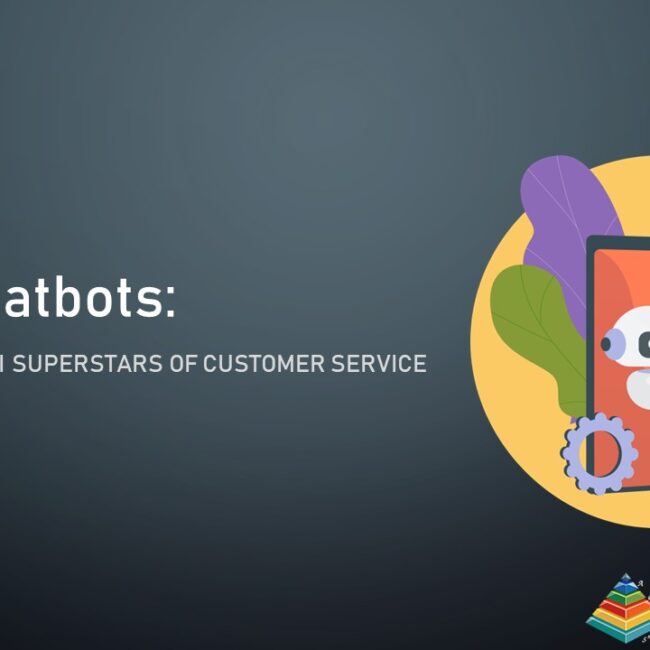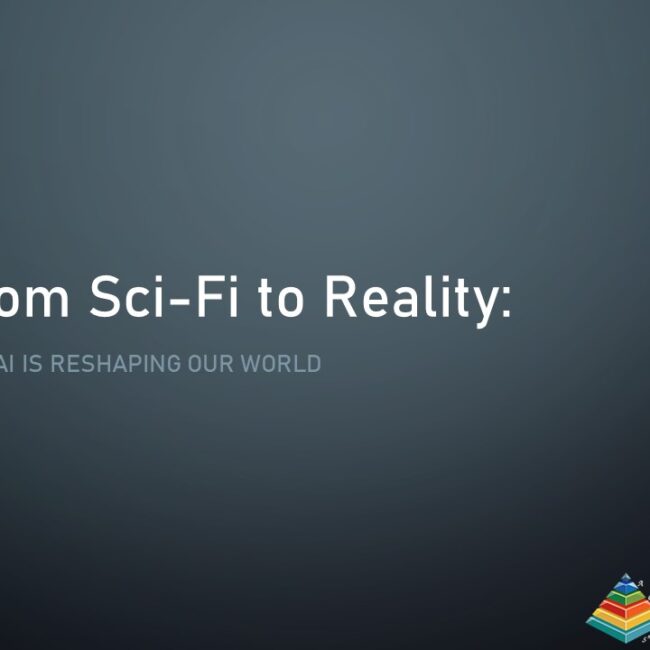
IoT and Mobile App Integration: A Guide to the Internet of Things
The Internet of Things (IoT) is reshaping the way we live and work, connecting an ever-expanding array of devices and objects to the internet. This connectivity allows for smart homes, intelligent factories, and more efficient business operations. However, the real magic happens when IoT is integrated with mobile apps, putting control and insights in the palm of your hand. In this blog, we’ll delve into the world of IoT and mobile app integration, exploring its benefits, challenges, and best practices.
Understanding the Internet of Things (IoT)
IoT is a network of physical objects embedded with sensors, software, and other technologies, enabling them to collect and exchange data over the internet. These objects can be everyday devices like thermostats, refrigerators, and even wearable fitness trackers. IoT extends to industrial applications as well, with sensors monitoring machinery, vehicles, and entire production lines.
Why Integrate IoT with Mobile Apps?
The integration of IoT with mobile apps offers several benefits:
- Remote Control: Mobile apps allow users to control IoT devices and systems from anywhere, providing convenience and flexibility.
- Data Access: Users can access real-time data from IoT sensors and devices, making informed decisions and gaining insights.
- Automation: Apps can automate tasks based on IoT data, such as adjusting the thermostat based on room temperature or turning off lights when no one is present.
- Alerts and Notifications: Users can receive alerts and notifications when specific conditions are met, enhancing security and efficiency.
- Enhanced User Experience: Integration with mobile apps enhances the overall user experience, making IoT more accessible and user-friendly.
Challenges in IoT and Mobile App Integration
While the benefits are clear, integrating IoT with mobile apps comes with its own set of challenges:
- Data Security: IoT data can be sensitive. Ensuring that data is securely transmitted and stored is a top priority.
- Compatibility: IoT devices come in various standards and protocols. Ensuring compatibility with your mobile app can be complex.
- Scalability: As the number of connected devices increases, managing and scaling the mobile app and IoT infrastructure can be a challenge.
- User Experience: Creating a seamless and intuitive user experience for controlling IoT devices and interpreting data is crucial.
- Power Consumption: IoT devices often run on battery power. Ensuring that the mobile app doesn’t drain the device’s battery is important.
Best Practices for IoT and Mobile App Integration
Here are some best practices to ensure successful IoT and mobile app integration:
- Standardization: Embrace standardized protocols and technologies to ensure compatibility between IoT devices and mobile apps.
- Data Security: Implement robust security measures, including encryption and authentication, to protect data in transit and at rest.
- User-Centered Design: Prioritize user experience by designing intuitive interfaces and providing clear information about IoT device status and data.
- Performance Optimization: Optimize the mobile app’s performance to minimize power consumption and ensure responsiveness.
- Scalability Planning: Plan for the scalability of your IoT infrastructure and the mobile app to accommodate a growing number of devices.
- Real-Time Data: Ensure that mobile apps can access and display real-time data from IoT devices effectively.
- Cloud Integration: Consider integrating with cloud platforms for data storage, processing, and remote device management.
Use Cases for IoT and Mobile App Integration
The possibilities for IoT and mobile app integration are vast. Here are a few use cases:
- Smart Home Automation: Control lights, thermostats, security systems, and appliances from your mobile app.
- Health and Fitness Tracking: Sync wearable fitness trackers with mobile apps to monitor health and fitness data.
- Industrial IoT (IIoT): Monitor machinery and production lines to improve efficiency and reduce downtime.
- Environmental Monitoring: Use IoT sensors to track environmental conditions, such as air quality, and provide real-time data to users.
- Agricultural IoT: Monitor and control irrigation systems, weather conditions, and crop health through mobile apps.
- Asset Tracking: Keep tabs on the location and status of assets, vehicles, and goods in transit.
Conclusion
IoT and mobile app integration is transforming the way we interact with the physical world. It offers exciting opportunities for convenience, efficiency, and control. By following best practices, addressing challenges, and embracing standardized technologies, you can harness the power of IoT and create compelling mobile apps that enhance the lives of users. The future of IoT and mobile app integration holds countless possibilities, and it’s an exciting time to be a part of this rapidly evolving field.


